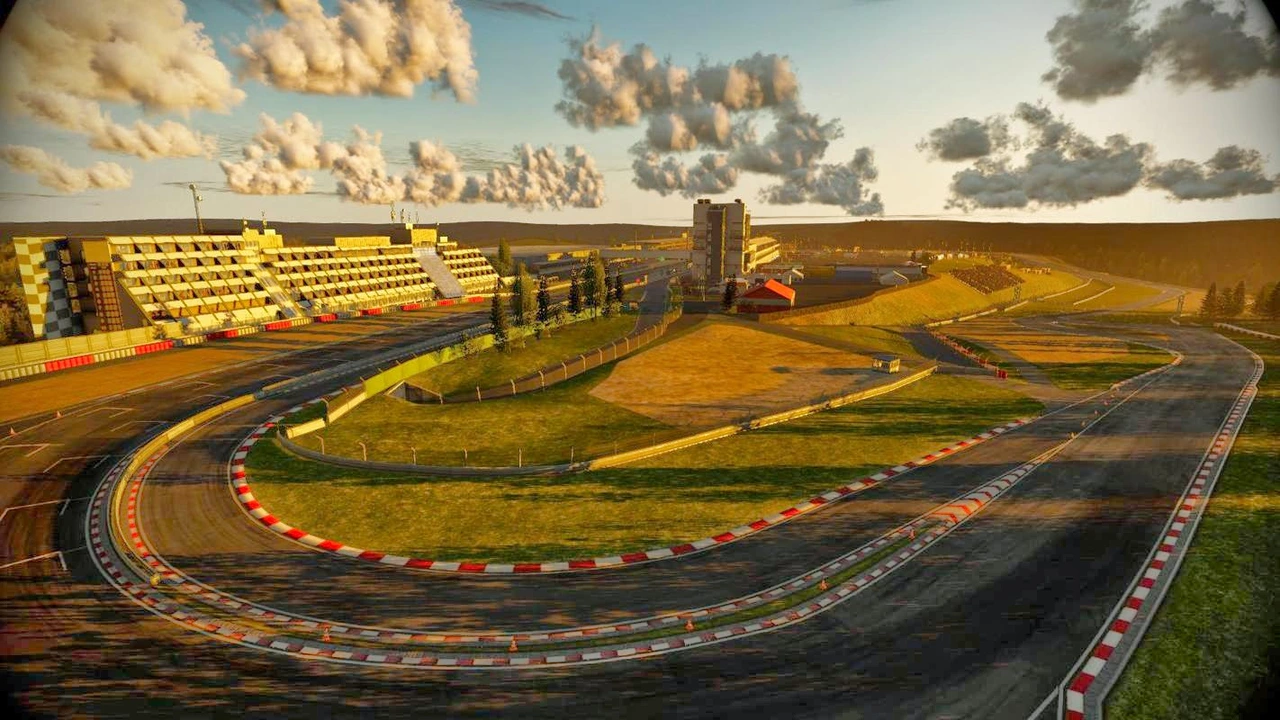Custom Track Basics: Build the Perfect Racing Surface
Ever wondered why some racers dominate while others struggle? Often it’s the track they run on. A well‑designed custom track can give you the edge you need without spending a fortune on upgrades. Below you’ll find straight‑forward steps to pick the right material, shape the layout, and keep safety in mind.
Pick the Right Surface Material
The surface is the foundation of any track. Asphalt gives a smooth, predictable ride, while concrete offers extra grip in the corners. If budget is tight, a high‑quality polymer coating can mimic asphalt at a lower cost. Test a small patch with your tires before committing—look for even wear and consistent lap times.
Plan the Layout for Speed and Fun
A custom track isn’t just a straight line. Mix short straights with tight hairpins to challenge drivers and keep the car balanced. Use a 30‑degree banking on fast turns to reduce lateral force and improve stability. Sketch the plan on graph paper first, then translate measurements to the ground using chalk or spray paint.
When you lay out the track, remember drainage. Water pools can turn a fast corner into a slip zone. Grade the edges a few degrees away from the racing line so rain runs off quickly. A simple trench or a small ditch at the side can make a huge difference in wet conditions.
Surface texture matters too. A fine‑grit texture gives tires more bite, but too rough a surface can wear tires fast. Aim for a grit size that lets you hear the tires humming without squealing. A quick swipe with your hand can tell you if the texture feels right—smooth enough for speed, rough enough for grip.
Safety First: Barriers and Run‑offs
Even the best track needs safety zones. Place cone‑filled run‑off areas at the end of each straight and beside high‑speed corners. If you have space, install a low‑tech tire barrier using old tires stacked and covered with a net. It absorbs impact without costing a lot.
Check the track for sharp edges or protruding metal. Cover them with rubber or foam padding. Good lighting is often overlooked; a well‑lit track reduces mistakes after sunset and helps you see tire marks for setup tweaks.
Fine‑Tune with Data
Once the track is laid, collect data. Use a lap timer or a simple GPS app to record sector times. If a corner feels slow, try shaving a few centimeters off the inside wall or adjusting the banking angle. Small changes can shave tenths of a second off your lap.
Don’t forget tire pressure. Different surfaces need different pressures for optimal contact patch. Start with the manufacturer’s recommendation, then experiment by decreasing pressure a few psi for more grip on a rough surface, or increasing it for a slick asphalt section.
Finally, involve other drivers. Their feedback will highlight blind spots you might miss. A quick debrief after a test run can reveal if a corner feels too tight or if the track needs more runoff.
Building a custom track may seem daunting, but break it down into surface choice, layout planning, safety, and data‑driven tweaks. Follow these steps, stay patient, and you’ll create a track that boosts performance and keeps everyone safe.

Is there a racing game where you can make your own track?
As a racing game enthusiast, I have always wondered if there is a racing game where you can make your own track. After some research, I found that games like Trackmania, ModNation Racers, and Mario Kart have track editors that allow players to create and customize their own racing tracks. These games offer a variety of tools and options to design tracks that cater to different skill levels and preferences. I personally think this adds an exciting new layer to the gameplay experience, as it encourages creativity and endless possibilities in track design. I can't wait to try my hand at creating my own unique racing tracks!
- Sports (5)
- Entertainment (4)
- Sports & Recreation (3)
- Motorsport (2)
- Automotive Racing (1)
- Free Computer Games (1)
- Drag Racing Tips and Strategies (1)
- Biography Websites (1)
- Gaming and Racing Simulation (1)
- Automotive & Racing (1)
-
Tim Gaffner?
16 Feb 2023 -
Panamá se clasifica directamente al Mundial 2026; El Salvador y Guatemala quedan eliminados
20 Nov 2025 -
Rain Showers Return This Week: What to Expect and How to Prepare
23 Sep 2025 -
Hilaria Baldwin & Gleb Savchenko Eliminated on Disney Night as 40M Votes Surge
8 Oct 2025 -
Whitney Leavitt eliminated from Dancing with the Stars despite top judge scores
21 Nov 2025
5.05.23
Caden Lockhart
0